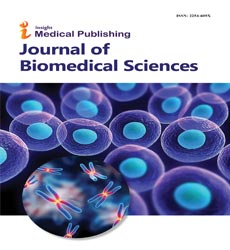Abstract
Lead contamination in lettuce collected from different urban areas in Caldasda Rainha, Portugal a preliminary study)
Due to the increasing awareness of the link between diet and health, the demand for healthy foods such as leafy vegetables has increased over the recent decades [1] and among them, lettuce (Lactuca sativa) have been broadly produced and consumed worldwide. Moreover being Portugal a Mediterranean country, lettuce is included in the Mediterranean diet. However, leafy vegetables contamination by lead (Pb) is increasing, especially among vegetables grown in urban areas [2]. Concerning lettuce, its efficient uptake of metals by the root and subsequent translocation within the roots and the shoot, results in their accumulation at relatively high internal levels. Due to this fact, lettuce is actually one of the biological species recommended by the OECD for soil toxicity testing [3]. In this manner, the plants grown in contaminated soils may turn into vehicles for transferring Pb into the human body, may causing anaemia, increase in blood pressure, reduced fertility, nervous system damage and multiple other problems [4,5]. With the rapid growth that has occurred in recent years, of urban gardens, it is urgent to control the quality of the harvested products. Monitoring the levels of Pb in such a largely consumed vegetable, lettuce, certainly contributes to prevent the risk of long-term exposure to this toxic metal. .
Author(s):
V Lopes de Andrade
Abstract | PDF
Share this

Abstracted/Indexed in
- Google Scholar
- Genamics JournalSeek
- China National Knowledge Infrastructure (CNKI)
- Directory of Research Journal Indexing (DRJI)
- WorldCat
- Secret Search Engine Labs
Open Access Journals
- Aquaculture & Veterinary Science
- Chemistry & Chemical Sciences
- Clinical Sciences
- Engineering
- General Science
- Genetics & Molecular Biology
- Health Care & Nursing
- Immunology & Microbiology
- Materials Science
- Mathematics & Physics
- Medical Sciences
- Neurology & Psychiatry
- Oncology & Cancer Science
- Pharmaceutical Sciences

